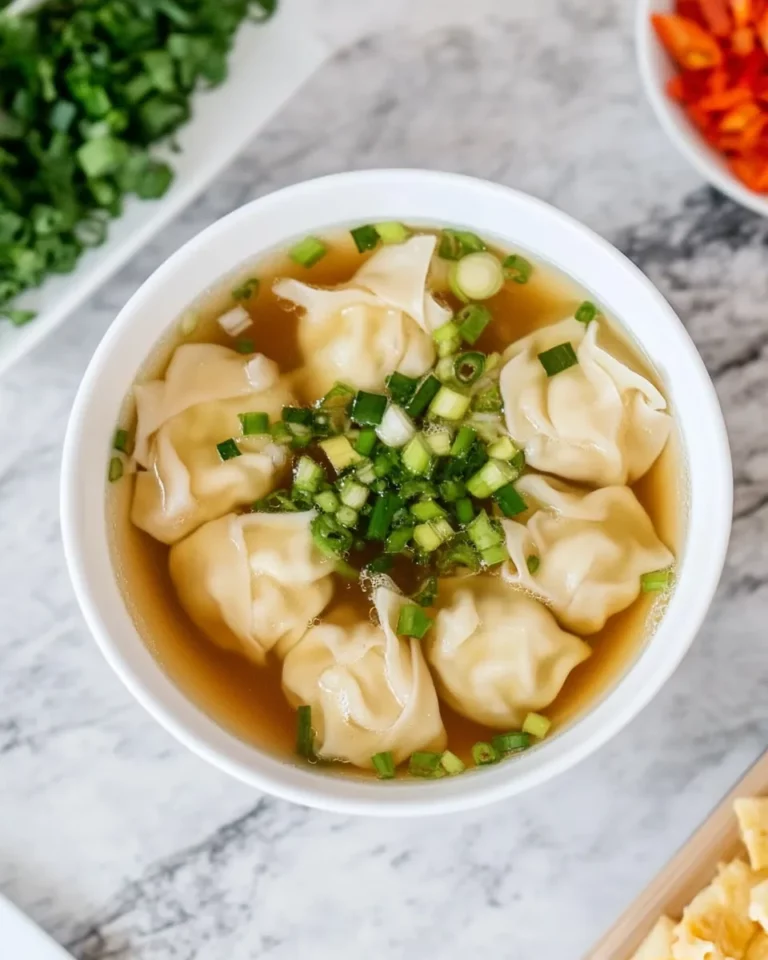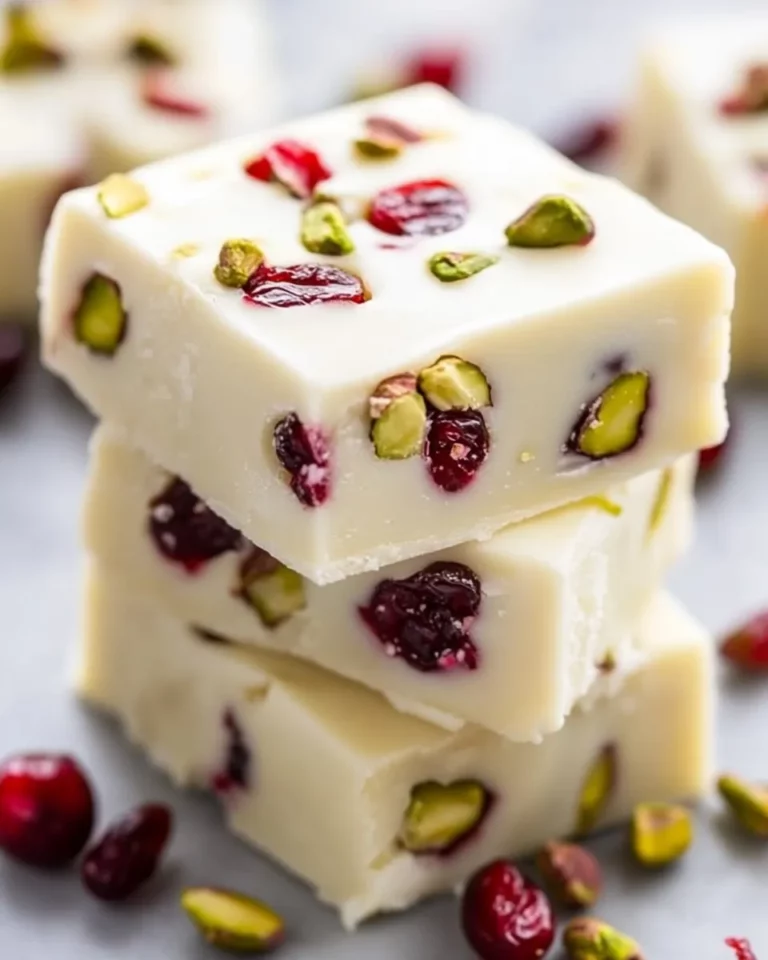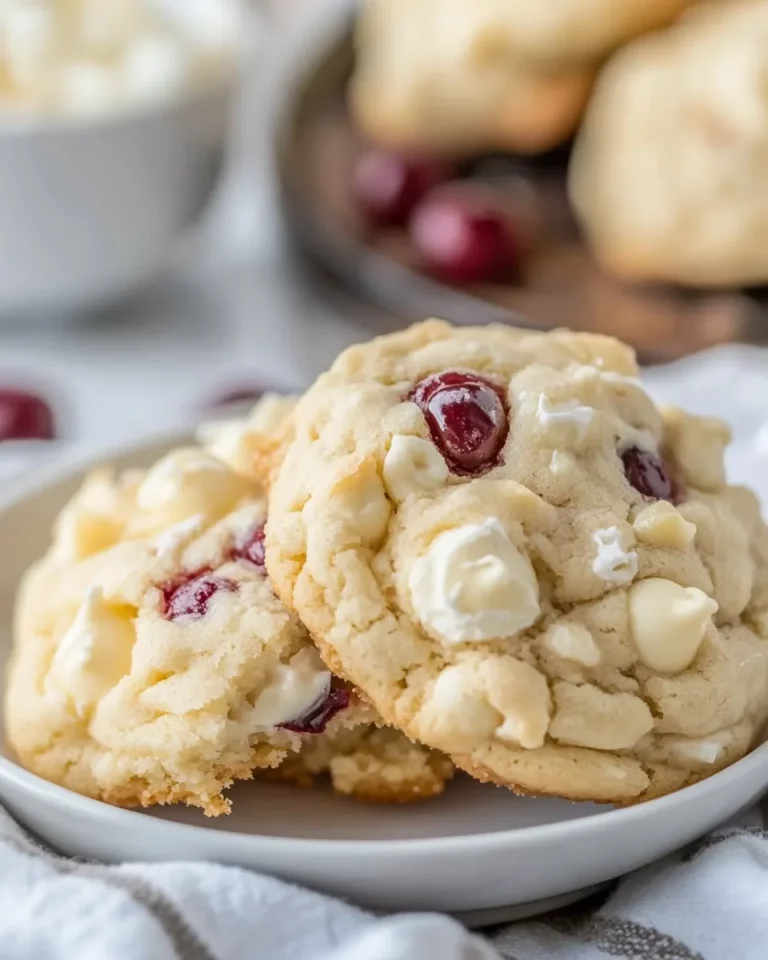Pad Thai is a beloved Thai street food classic known for its perfect balance of sweet, sour, salty, and spicy flavors. Traditionally, it requires multiple steps and pans, but this One Pot Pad Thai recipe simplifies the process without compromising on taste. It’s quick, flavorful, and perfect for busy weeknights when you want a satisfying meal with minimal cleanup. This dish combines tender rice noodles, crunchy peanuts, fresh veggies, and a tangy sauce all cooked in one pan for an easy and delicious dinner.
Why This Recipe Is a Must-Try
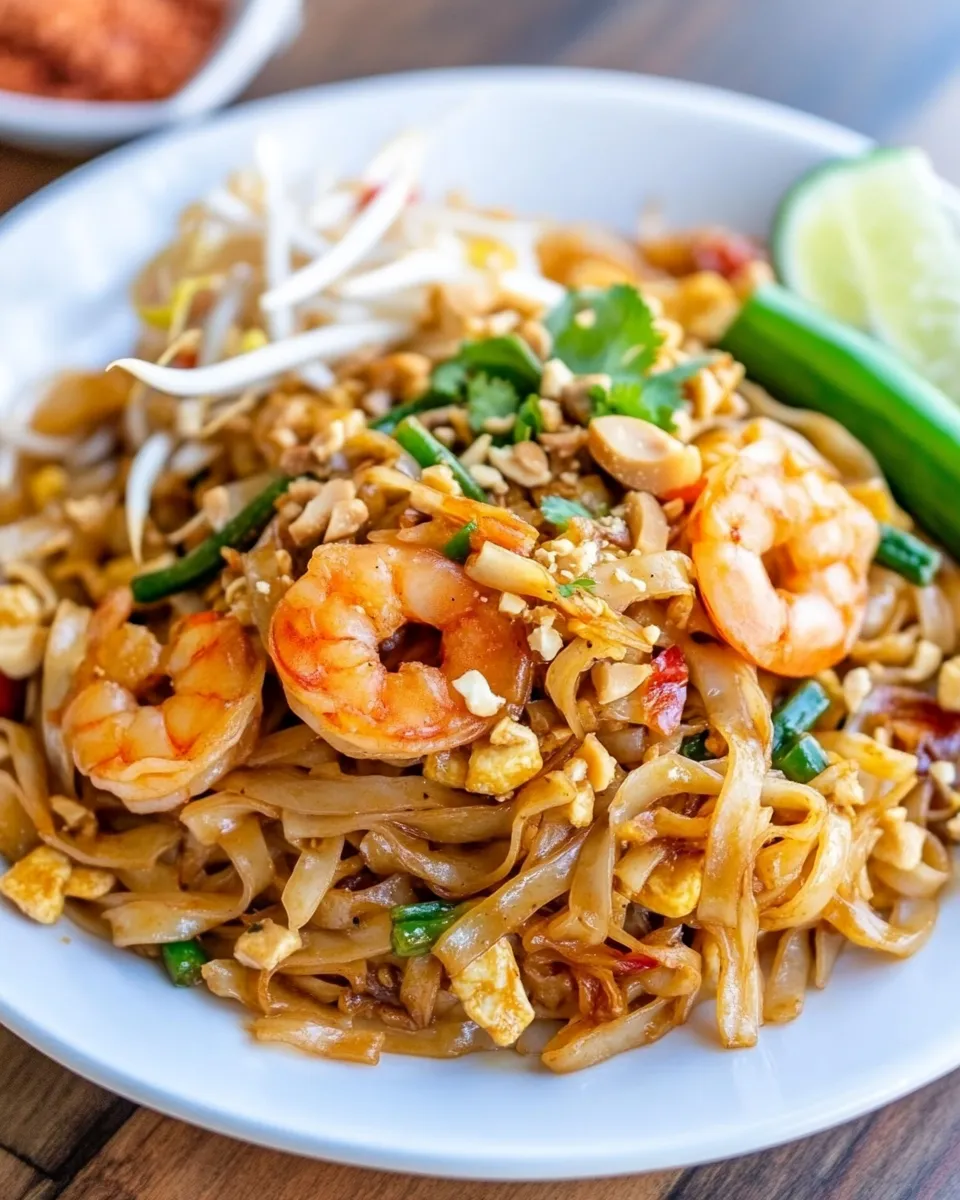
This One Pot Pad Thai recipe is a game-changer because it streamlines a traditionally complex dish into a simple, quick meal. You only need one pot, which means fewer dishes to wash and less time spent cooking. The flavors are just as vibrant and authentic as the classic version. Plus, it’s adaptable to your preferences—whether you want to add tofu, shrimp, or chicken, or keep it vegetarian. It’s a great way to enjoy a restaurant-quality dish at home with fresh ingredients and wholesome flavors.
Ingredients
- 8 oz (225g) flat rice noodles
- 2 tablespoons vegetable oil
- 3 cloves garlic, minced
- 1 small onion, thinly sliced
- 1 cup firm tofu, cubed (or chicken breast, thinly sliced)
- 2 large eggs, lightly beaten
- 1 cup bean sprouts
- 3 green onions, chopped
- 1/4 cup roasted peanuts, chopped
- 1/4 cup fresh cilantro, chopped (optional)
- 1 lime, cut into wedges
- For the sauce:
- 3 tablespoons tamarind paste
- 3 tablespoons soy sauce (use low sodium if preferred)
- 2 tablespoons brown sugar or palm sugar
- 1 tablespoon rice vinegar
- 1 teaspoon chili garlic sauce (adjust to taste)
- Salt, to taste
- Water, as needed to cook noodles
How To Make One Pot Pad Thai
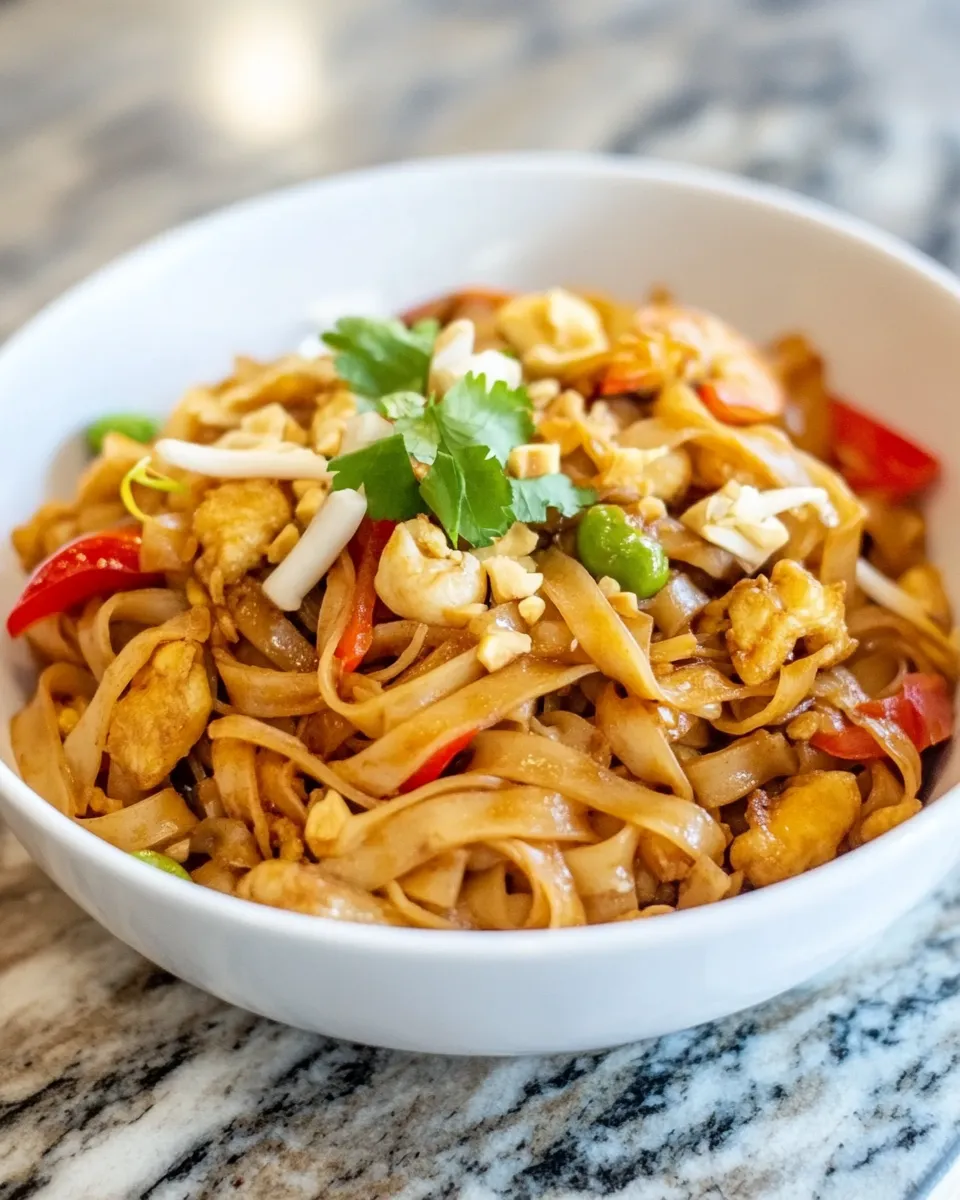
Step 1: Prepare the Sauce
In a small bowl, whisk together tamarind paste, soy sauce, brown sugar, rice vinegar, and chili garlic sauce. Adjust the sweetness or spice level according to your preference. Set aside.
Step 2: Soften the Noodles
Place the rice noodles in a large pot or deep skillet and cover with warm water. Let them soak for about 10 minutes until they soften but are still slightly firm. Drain and set aside.
Step 3: Cook the Aromatics and Protein
Heat vegetable oil in the same pot over medium heat. Add minced garlic and sliced onions, sautéing until fragrant and translucent, about 2-3 minutes. Add tofu cubes (or chicken slices) and cook until golden and cooked through, about 5-6 minutes, stirring occasionally.
Step 4: Scramble the Eggs
Push the tofu and veggies to one side of the pot. Pour the beaten eggs into the empty side and scramble gently until just set. Then combine everything evenly.
Step 5: Combine Noodles and Sauce
Add the softened noodles back into the pot. Pour the prepared sauce over the noodles and toss everything together gently but thoroughly. If the mixture seems dry, add a splash of water to help soften and coat the noodles evenly. Cook for an additional 2-3 minutes, allowing the noodles to absorb the sauce.
Step 6: Add Fresh Ingredients
Stir in bean sprouts and chopped green onions. Cook for another minute to slightly wilt the bean sprouts but keep their crunch.
Step 7: Serve and Garnish
Remove from heat. Serve the pad thai immediately topped with chopped roasted peanuts, fresh cilantro if using, and lime wedges on the side for squeezing over the top.
Expert Tips
- Use fresh flat rice noodles if possible—they have the best texture. If using dried, soak them properly to avoid mushiness.
- Feel free to swap tofu for shrimp or chicken based on your preference.
- Don’t overcook the noodles once the sauce is added; they should be tender but not mushy.
- Adjust the chili garlic sauce to your heat preference—start with less and add more if you like it spicier.
- Adding a splash of water or broth while tossing helps prevent sticking and keeps the noodles saucy.
- For extra flavor, toast the peanuts yourself to get that perfect crunch and aroma.
Variations and Customizations

- Vegetarian/Vegan: Use tofu or tempeh and skip the eggs or replace with scrambled tofu. Make sure to use vegan-friendly soy sauce.
- Protein Options: Swap tofu for cooked shrimp, chicken breast, or beef thinly sliced and cooked through.
- Veggie Boost: Add bell peppers, shredded carrots, or snap peas for extra color and nutrients.
- Noodle Swaps: Use zucchini noodles or shirataki noodles for a low-carb version.
- Nut-Free: Omit peanuts and top with toasted sesame seeds instead.
How to Store Leftovers
Store any leftover One Pot Pad Thai in an airtight container in the refrigerator for up to 2 days. When reheating, add a splash of water or broth to help loosen the noodles and prevent them from drying out. Reheat gently in a skillet over medium heat, stirring frequently to warm through evenly. This dish is best enjoyed fresh but still reheats well for a quick meal the next day.
FAQ
Can I make this recipe gluten-free?
Yes! Use gluten-free tamari or coconut aminos instead of soy sauce and double-check that your chili garlic sauce and tamarind paste are gluten-free. Rice noodles are naturally gluten-free, so they work perfectly for this dish.
Is it possible to prepare One Pot Pad Thai ahead of time?
While it’s best enjoyed fresh, you can prep the sauce and chop the veggies ahead. Cook the dish just before serving for the best texture. Storing cooked Pad Thai for more than two days is not recommended as the noodles tend to get soggy.
What can I substitute for tamarind paste if I can’t find it?
You can substitute tamarind paste with a mix of lime juice and a touch of brown sugar or tamarind concentrate. The flavor won’t be exactly the same but will provide the balance of tangy and sweet that tamarind offers.
How spicy is this recipe, and can I adjust the heat?
This recipe has a mild to medium spice level thanks to the chili garlic sauce. You can easily adjust the heat by adding more or less chili sauce or by adding sliced fresh chilies or chili flakes to suit your taste.
Conclusion
This One Pot Pad Thai recipe is a perfect balance of convenience and authentic flavor. It brings the vibrant tastes of Thailand right to your kitchen with minimal effort and cleanup. Whether you’re cooking for a busy weeknight or looking for a delicious meal to impress your family, this recipe delivers on all fronts. The combination of tender noodles, savory sauce, crisp veggies, and crunchy peanuts creates a harmony of textures and flavors that will keep you coming back for more. Give it a try, and enjoy a delicious, fuss-free Pad Thai that’s as easy as it is satisfying!
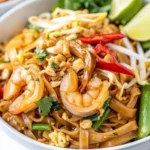
One Pot Pad Thai
Ingredients
- 8 oz flat rice noodles (225g)
- 2 tablespoons vegetable oil
- 3 cloves garlic minced
- 1 small onion thinly sliced
- 1 cup firm tofu cubed (or chicken breast, thinly sliced)
- 2 large eggs lightly beaten
- 1 cup bean sprouts
- 3 green onions chopped
- 1/4 cup roasted peanuts chopped
- 1/4 cup fresh cilantro chopped (optional)
- 1 lime cut into wedges
For the sauce:
- 3 tablespoons tamarind paste
- 3 tablespoons soy sauce (use low sodium if preferred)
- 2 tablespoons brown sugar or palm sugar
- 1 tablespoon rice vinegar
- 1 teaspoon chili garlic sauce (adjust to taste)
- Salt to taste
- Water as needed to cook noodles
Instructions
- In a small bowl, whisk together tamarind paste, soy sauce, brown sugar, rice vinegar, and chili garlic sauce. Adjust the sweetness or spice level according to your preference. Set aside.
- Place the rice noodles in a large pot or deep skillet and cover with warm water. Let them soak for about 10 minutes until they soften but are still slightly firm. Drain and set aside.
- Heat vegetable oil in the same pot over medium heat. Add minced garlic and sliced onions, sautéing until fragrant and translucent, about 2-3 minutes. Add tofu cubes (or chicken slices) and cook until golden and cooked through, about 5-6 minutes, stirring occasionally.
- Push the tofu and veggies to one side of the pot. Pour the beaten eggs into the empty side and scramble gently until just set. Then combine everything evenly.
- Add the softened noodles back into the pot. Pour the prepared sauce over the noodles and toss everything together gently but thoroughly. If the mixture seems dry, add a splash of water to help soften and coat the noodles evenly. Cook for an additional 2-3 minutes, allowing the noodles to absorb the sauce.
- Stir in bean sprouts and chopped green onions. Cook for another minute to slightly wilt the bean sprouts but keep their crunch.
- Remove from heat. Serve the pad thai immediately topped with chopped roasted peanuts, fresh cilantro if using, and lime wedges on the side for squeezing over the top.
Equipment
- Large Pot or Deep Skillet
- Small Bowl



